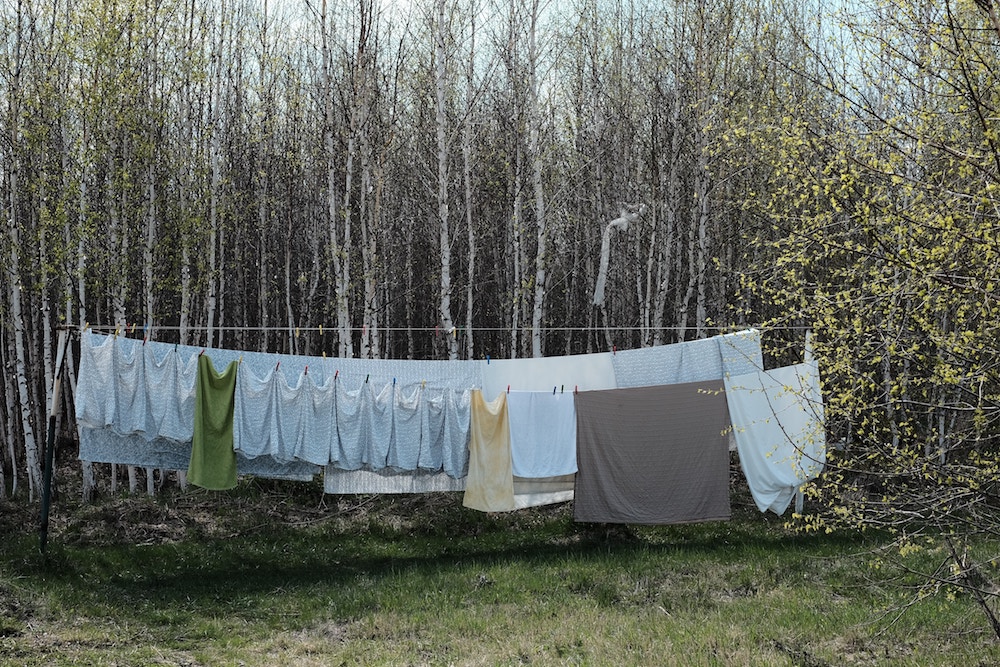The United States’ 562 national wildlife refuges are the world’s largest collection of land set aside specifically for the preservation of imperiled fish and wildlife… yet somehow industrial-scale commercial farming of crops like corn and soybeans has become common on these refuge lands. A report by the Center for Biological Diversity reveals that an estimated 490,000 pounds of pesticides were dumped on commodity crops like corn, soybeans and sorghum grown in national wildlife refuges in 2016. Say what? These refuge lands serve as vital habitat for more than 280 species protected under the Endangered Species Act, so what business does toxic agricultural practices have in taking place here?
It may come as a shock to you but these wildlife refuges allow “cooperative agriculture.” Historically the U.S. Fish and Wildlife Service, which manages the refuges, has allowed private farming on refuge land in order to help prepare seed beds for native habitat, such as grasslands, and to provide food for migratory birds and other wildlife. Today, however, industrial farming and the heavy pesticide use that comes along with it are commonplace on refuge lands. Nationwide every region of the refuge system except Alaska allows farming practices that often include the use of pesticides tied to commercial crops like corn and soybeans.
The Center researched this chemical use by way of obtaining records from the Freedom of Informations Act from the U.S. Fish and Wildlife Service. The pesticides used include highly toxic herbicides dicamba and 2,4-D, which threaten endangered species and migrating birds that wildlife refuges were created to protect.
Specifically, in 2016 more than 270,000 acres of refuge land were sprayed with pesticides for agricultural purposes. The five national wildlife refuge complexes most reliant on pesticides for agricultural purposes in 2016 were:
- Klamath Basin National Wildlife Refuge Complex in California and Oregon, with 236,966 pounds of pesticides;
- Central Arkansas Refuge Complex in Arkansas, with 48,725 pounds of pesticides;
- West Tennessee Refuge Complex in Tennessee, with 22,044 pounds of pesticides;
- Tennessee National Wildlife Refuge Complex in Tennessee, with 16,615 pounds of pesticides;
- Chesapeake Marshlands National Wildlife Refuge Complex on the Eastern Shore of Maryland and Virginia, with 16,442 pounds of pesticides.
To protect these species as well as the overall health of our wildlife refuges, the U.S. Fish and Wildlife Service needs ban the use of toxic pesticides. It’s time for the Service to stop prioritizing commercial agricultural interests over wildlife, birds, and the health of these precious ecosystems. Join me in urging them to discontinue the use of toxic pesticides for commercial agriculture on our national wildlife refuges immediately! Make your voice heard by signing this petition and contacting the U.S. Fish and Wildlife Service today!
And by the way, this is a great reminder of why organic food is so important. Remember to vote with your dollar! Unless you’re buying organic, your food could be polluted with these nasty toxins.
Photo: Dennis Buchner




